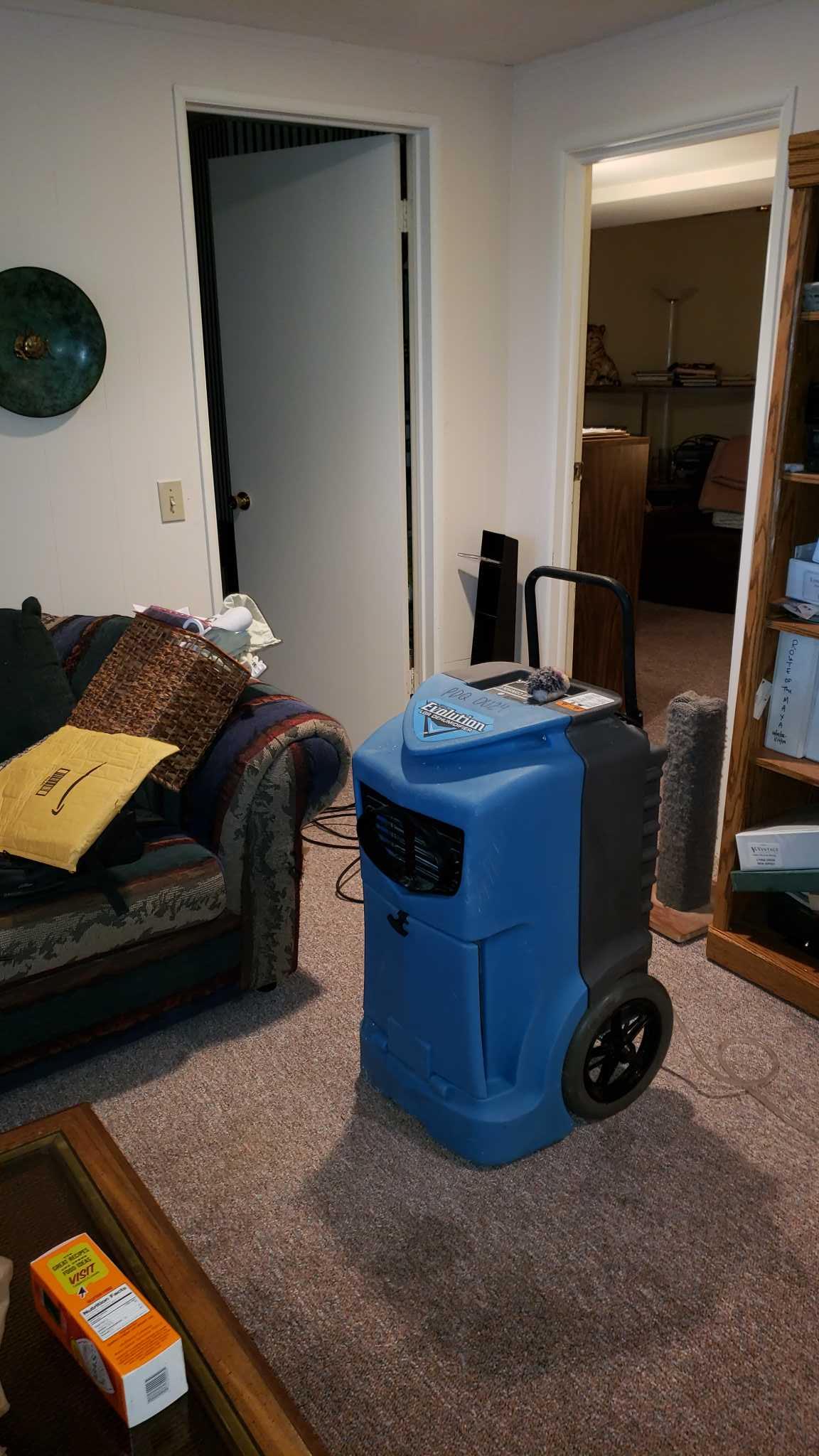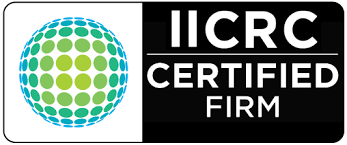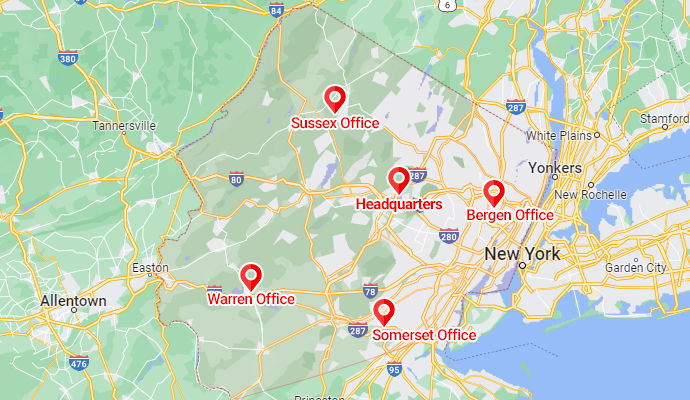5 Star Reviews from Satisfied Customers
I will always recommend PDQ for anyone that asks. Starting with my intial call, they were constant professionals, walking me through each step and explaining the process fully. If you find yourself in need of a mitigation service, this is the company you want doing it.
Professionalism, Quality PDQ was great, super responsive, and Cheryl was the best to work with. She walked us through everything and was on top of things throughout our fire cleanup process. Highly recommend them to anyone dealing with the aftermath of a fire!
Positive: Professionalism, Punctuality, Quality, Responsiveness, Value. They were quick, efficient, and did a fantastic job. Cheryl was always in communication with us and so kind and knowledgeable. They made my apartment look even better than it did prior to our fire. Highly recommend for cleaning and restoration!
Why Choose Us
- 100% Satisfaction GUARANTEED
- 29 minute avg. response time
- 24 hour emergency service
- Transparent Estimates
- Locally owned and operated
- Deal directly with your insurance
PDQ Fire & Water Damage Restoration Works Directly with Your Insurance Company








- Allamuchy
- Allendale
- Alpine
- Andover
- Annandale
- Asbury
- Augusta
- Baptistown
- Basking Ridge
- Bedminster
- Belle Mead
- Belleville
- Belvidere
- Bergen County
- Bergenfield
- Berkeley Heights
- Bernardsville
- Blairstown
- Blawenburg
- Bloomfield
- Bloomingdale
- Bloomsbury
- Bogota
- Boonton
- Bound Brook
- Branchville
- Bridgewater
- Broadway
- Brookside
- Budd Lake
- Butler
- Buttzville
- Byram Township
- Caldwell
- Califon
- Carlstadt
- Cedar Grove
- Cedar Knolls
- Cedar Lake
- Changewater
- Chatham
- Chester
- Cliffside Park
- Clifton
- Clinton
- Closter
- Columbia
- Convent Station
- Cresskill
- Delaware
- Demarest
- Denville
- Dover
- Dumont
- East Hanover
- East Rutherford
- Edgewater
- Elmwood Park
- Emerson
- Englewood
- Englewood Cliffs
- Essex County
- Essex Fells
- Fair Lawn
- Fairfield
- Fairview
- Far Hills
- Flagtown
- Flanders
- Fleetwood
- Flemington
- Florham Park
- Fort Lee
- Franklin
- Franklin Lakes
- Franklin Park
- Frenchtown
- Garfield
- Gillette
- Gladstone
- Glasser
- Glen Gardner
- Glen Ridge
- Glen Rock
- Glenwood
- Great Meadows
- Green Pond
- Green Village
- Greendell
- Hackensack
- Hackettstown
- Haledon
- Hamburg
- Hampton
- Hanover
- Harding Township
- Harrington Park
- Hasbrouck Heights
- Haskell
- Haworth
- Hawthorne
- Hewitt
- Hibernia
- High Bridge
- High Point
- Highland Lakes
- Hillsborough
- Hillsdale
- Ho Ho Kus
- Hopatcong
- Hope
- Hudson County
- Hunterdon County
- Ironia
- Irvington
- Jefferson
- Johnsonburg
- Kenvil
- Kingston
- Kinnelon
- Lafayette
- Lake Arrowhead
- Lake Hiawatha
- Lake Hopatcong
- Lake Mohawk
- Lake Telemark
- Lambertville
- Landing
- Layton
- Lebanon
- Ledgewood
- Leonia
- Liberty Corner
- Lincoln Park
- Little Falls
- Little Ferry
- Little York
- Livingston
- Lodi
- Long Valley
- Lyndhurst
- Lyons
- Madison
- Mahwah
- Manville
- Maplewood
- Martinsville
- Maywood
- McAfee
- Mendham
- Mercer County
- Middleville
- Midland Park
- Milford
- Millburn
- Millington
- Mine Hill
- Monmouth County
- Montague
- Montclair
- Montvale
- Montville
- Moonachie
- Morris County
- Morris Plains
- Morristown
- Mount Arlington
- Mount Freedom
- Mount Hope
- Mount Olive
- Mount Tabor
- Mountain Lakes
- Neshanic Station
- Netcong
- New Milford
- New Providence
- New Vernon
- Newfoundland
- Newton
- North Arlington
- Northvale
- Norwood
- Nutley
- Oak Ridge
- Oakland
- Ogdensburg
- Oldwick
- Oradell
- Orange
- Oxford
- Palisades Park
- Panther Valley
- Paramus
- Park Ridge
- Parsippany
- Passaic
- Passaic County
- Peapack
- Pequannock
- Phillipsburg
- Picatinny Arsenal
- Pine Brook
- Pittstown
- Plainfield
- Pluckemin
- Pompton Lakes
- Pompton Plains
- Port Murray
- Pottersville
- Quakertown
- Ramsey
- Randolph
- Raritan
- Readington
- Ridgefield
- Ridgefield Park
- Ridgewood
- Ringoes
- Ringwood
- River Edge
- Riverdale
- Rochelle Park
- Rockaway
- Rockaway Boro
- Rocky Hill
- Roseland
- Rosemont
- Roxbury
- Rutherford
- Saddle Brook
- Saddle River
- Schooleys Mountain
- Sergeantsville
- Short Hills
- Skillman
- Somerset
- Somerset County
- Somerville
- South Bound Brook
- South Hackensack
- South Orange
- Sparta
- Springfield
- Stanhope
- Stanton
- Stewartsville
- Stillwater
- Stirling
- Stockholm
- Stockton
- Succasunna
- Summit
- Sussex
- Sussex County
- Swartswood
- Teaneck
- Tenafly
- Teterboro
- Three Bridges
- Totowa
- Towaco
- Township Of Washington
- Tranquility
- Union County
- Vernon
- Verona
- Vienna
- Waldwick
- Wallington
- Wallpack Center
- Wanaque
- Warren
- Warren County
- Washington
- Watchung
- Wayne
- West Milford
- West Orange
- Westwood
- Wharton
- Whippany
- Whitehouse
- Whitehouse Station
- Wood Ridge
- Woodcliff Lake
- Wyckoff
- Zarephath
If You Need Emergency Restoration Services, Call Us Now!
Copyright © 2025 PDQ Fire & Water Damage Restoration | All rights reserved.
All content and graphics on this web site are the property of PDQ Fire & Water Damage Restoration
Powered by Galaxy SEO.









